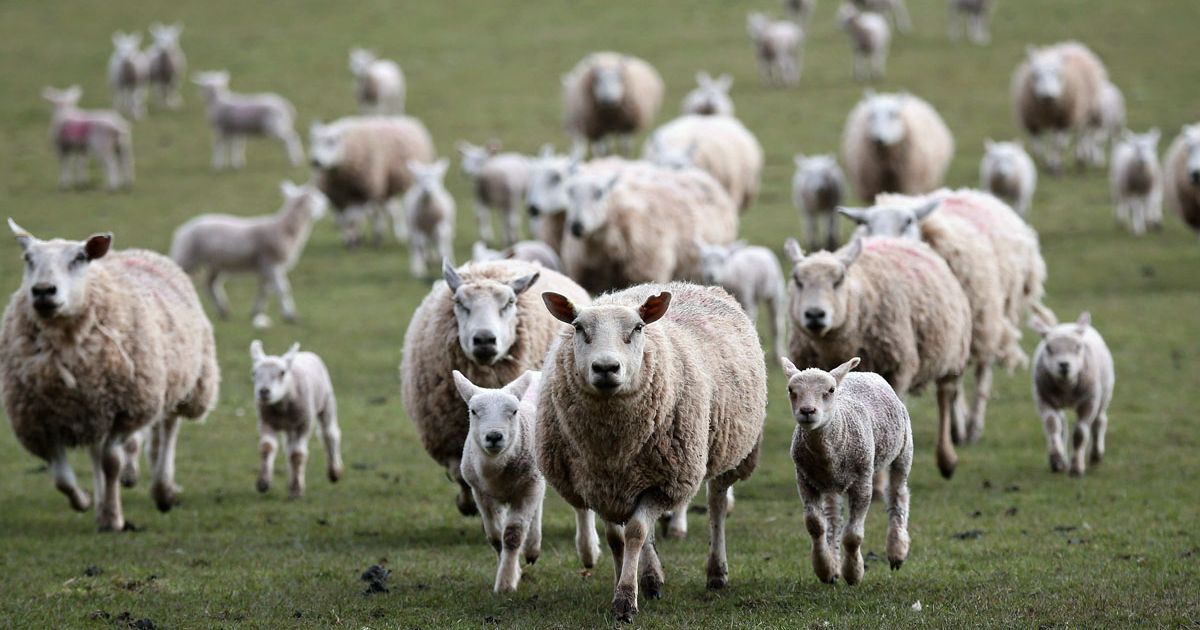Causes, Transmission, And Risk Factors Of Rift Valley Fever
Rift Valley fever is an emerging disease of humans and domesticated livestock such as sheep, goats, and cattle. The causative agent is Rift Valley fever virus, a member of the Bunyaviridae family of RNA viruses. It is endemic to sub-Saharan Africa and part of the Arabian peninsula. The virus was first identified after a 1931 outbreak at a Kenyan sheep farm. The virus is highly lethal in young livestock, often presenting as hemorrhagic fever and will induce abortions in pregnant animals. In humans, it usually causes a mild disease with flu-like symptoms. In a minority of patients, serious complications develop, chief among these are hemorrhagic fever and encephalitis. Learn the details on the causes, transmission methods, and risk factors of Rift Valley fever now.
Contact With Infected Animals

Contact with blood, tissues, or body fluids of infected livestock is a common route of transmission. The virus can be found in high concentration in the blood and organs of diseased animals. Handling sick animals may allow the virus to penetrate the broken skin and gain entry to the bloodstream. A study in 2010 of a flare-up in South Africa concluded eighty-one percent of the 172 human cases had direct contact with infected animals. In 2012, a Mauritania epidemic led to the death of seventeen humans and an unknown number of infected livestock. Once again, the majority of individuals had been in direct contact with Rift Valley fever infected animals. Epidemiological studies of a major outbreak from 2009 to 2011 in South Africa in which over fourteen thousand animals and 250 humans were infected, determined that most human cases were related to close contact with sick animals. Along with external contact, ingestion of raw meats, dairy products, or undercooked meat from infected livestock can transmit the virus. While there is no vaccine for humans, there are promising vaccines in development for field use in animals. Preventive measures should include isolating sick animals and wearing gloves and face masks when working with livestock in regions where the virus is endemic.
Reveal more about Rift Valley fever and its transmission and causes now.